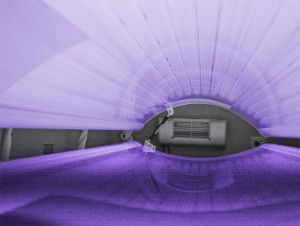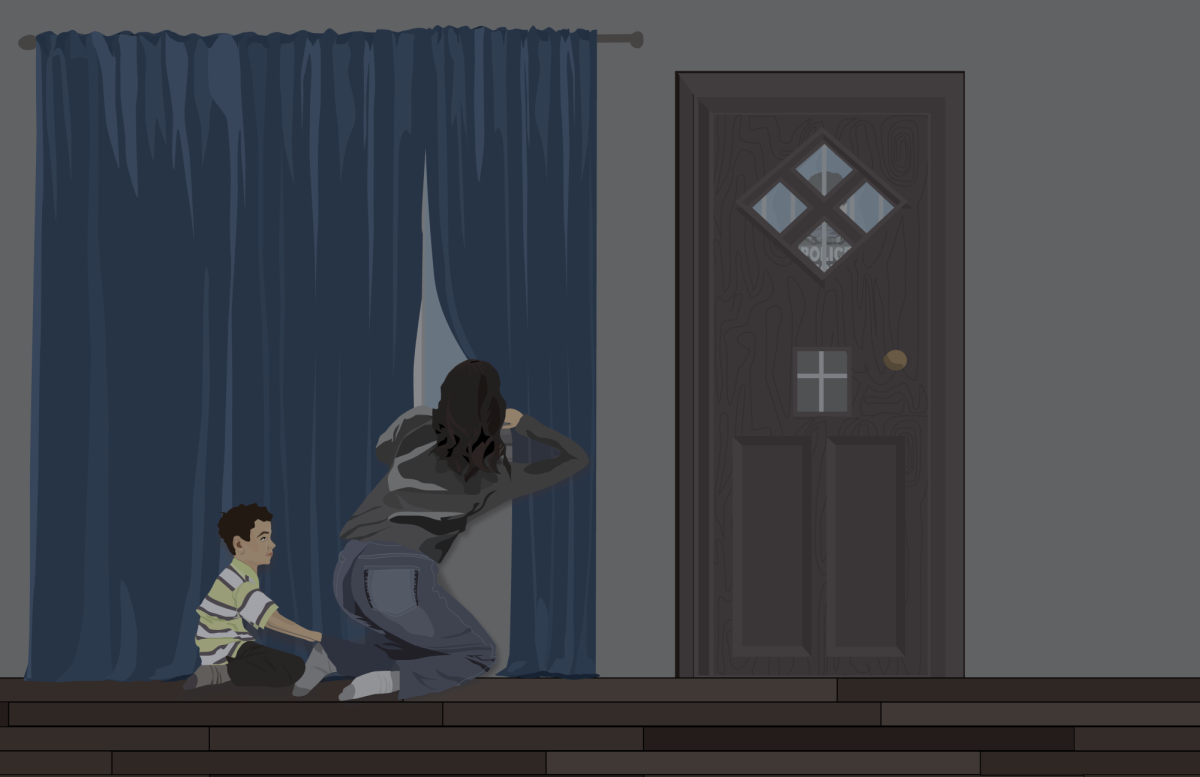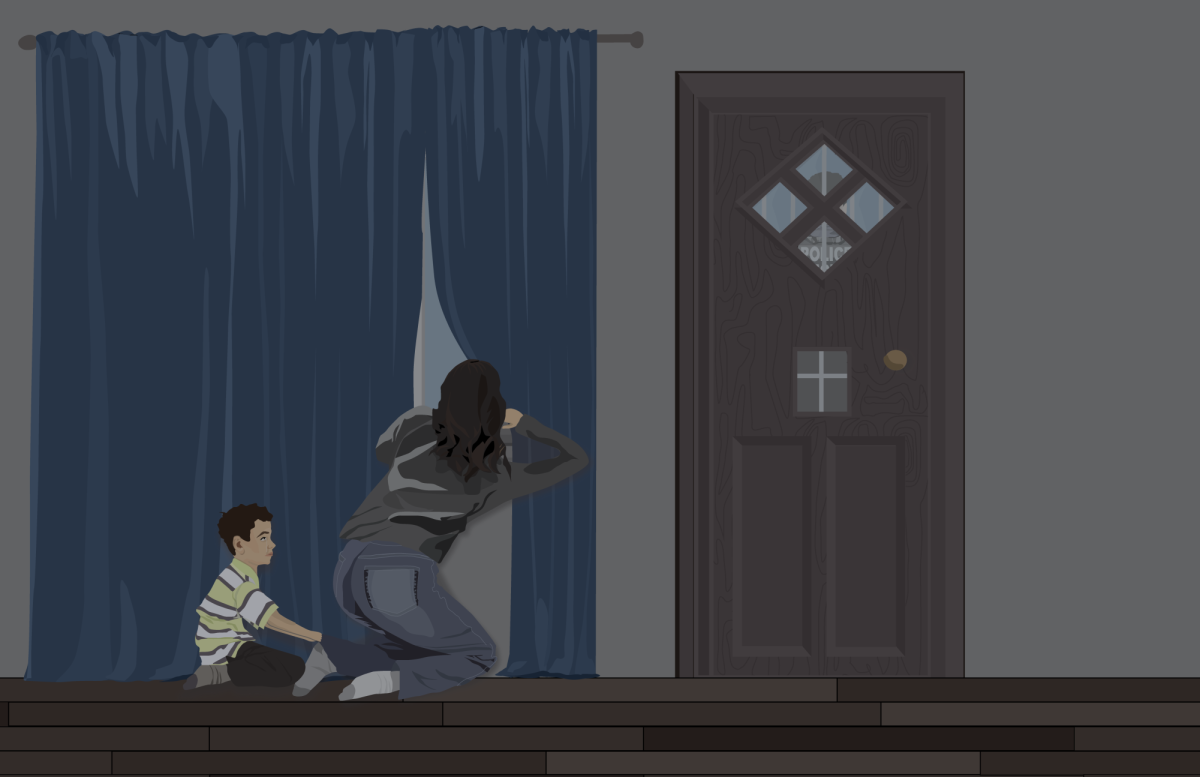Debates are cropping up all over the country over the dangers of tanning. Is it really… worth the risk?
Sophomore Kaitlin Eubanks lies in a tanning bed for the first time nervously. A salon worker sets the timer for the bed and leaves the room. As Eubanks relaxes under the bright illumination of UV lights, she begins to feel the heat of the bulbs surrounding her. After getting out, she realizes, upon later examination, that she had actually ended up with a harsh burn.
“I was in the bed way too long because the worker had set the wrong time,” Eubanks said. “I ended up red all over, especially on my stomach.”
 Stories like these are common among those who use tanning beds, but despite the danger of getting burnt, many still think the pros to outweigh the cons. With both spring break and prom drawing closer, many teens may be looking to get a nice tan without the annoyance of having to sit outside for hours. The American Academy of Dermatology (AAD) has found that about 1 million people stop by tanning salons every day in America, and with salons’ busy season of spring about to start, that number may increase.
Stories like these are common among those who use tanning beds, but despite the danger of getting burnt, many still think the pros to outweigh the cons. With both spring break and prom drawing closer, many teens may be looking to get a nice tan without the annoyance of having to sit outside for hours. The American Academy of Dermatology (AAD) has found that about 1 million people stop by tanning salons every day in America, and with salons’ busy season of spring about to start, that number may increase.
According to the AAD, only 70 percent of indoor tanning bed users are female. With the popularity of tanning on the rise among people of all genders, ages and ethnicities, researchers from the San Diego State University discovered that salons can be found in some cities more frequently than Starbucks and McDonalds.
“I started tanning when I was 14,” Eubanks said. “I just started to hate looking pale, and now I go at least three or four times a week.”
Whatever the reason, 2.3 million teenagers like Eubanks pop into a tanning salon at least once a year, according to Time magazine. Yet, all over the continent, laws are being passed to protect minors from tanning beds. In Canada, laws prohibit children under the age of 8 from tanning, and 31 states have enacted similar restrictions for those under the age of 14, according to the National Conference of State Legislatures.
“We had a lot of different ages come in, like around dances, when lots of high-schoolers come in. But I even saw people in their 70s, which was pretty interesting,” said Lesa Eden, senior and former employee of Electric Sun Tanning Salon.
[polldaddy poll=2796880]
Using tanning beds can be healthy — to some extent. Vitamin D can be received from sunlight, which strengthens the immune system, among other benefits.
“You can get your daily allowance from just 10 to 15 minutes of sunlight,” dermatologist John Rupp said. “Since we know that the sun increases the chance for melanoma, basal and squamous cancers, we are advocating that you get vitamin D through vitamin supplements orally; it’s the safer way to get it.”
Studies have also shown that the body produces endorphins, hormones that can contribute to a better mood, while tanning. The rush of endorphins can create an artificial high, and a study by the University of Texas Medical Branch at Galveston found that 26 to 53 percent of people who head to the beach to tan exhibit signs of addiction to tanning, an addiction that can be commonly referred to as “tanorexia.”
“I’m happier after tanning,” senior Jasmine Radice said. “I feel much better about myself. It’s extremely relaxing, and I don’t even think about anything that’s going on.”
A few doctors and dermatologists think that tanning can help with some skin problems, like psoriasis, acne and eczema. Psoriasis is a condition that causes irritated, red and flaky skin, and eczema causes itchy and inflamed rashes. The National Psoriasis Foundation does include using a tanning salon as a way to help the conditions. They only recommend it as a last resort.
Many salons promote “facts” that aren’t true to attract more customers. The Federal Trade Commission recently attacked the Indoor Tanning Association for false statements in a promotional campaign. They advertised falsehoods such as government approval of indoor tanning and claims that sunbeds are safe because the amount of UV light received is monitored, etc. The association is now prohibited from making misleading statements to the public and can not claim in ads that indoor tanning is safe.
For example, some salons claim beds are safer because they block the “burning” UVB rays. Although most beds do have UVB blockage, that doesn’t necessarily make them safer. The sun produces three different rays of ultraviolet light; UVA, UVB and UVC. The skin needs a form of UV light to stimulate pigment in the skin. UVA rays are considered the lesser of two evils, but essentially both rays are dangerous.
“UVA rays penetrate deeper in the skin and also increase the risk of skin cancer. That’s why we don’t advocate that people to go to tanning salons,” Rupp said.
One of the biggest reasons tanning beds are not considered safe is skin cancer, alongside eye damage and photoaging, a process where the skin becomes wrinkly and spotty earlier in life. Basal cell carcinoma (the most common type of cancer), squamous cell carcinoma and melanoma (the deadliest skin cancer) are all on the rise. A tanning bed can increase the risk of getting squamous cell carcinoma by 2.5 times and basal cell carcinoma 1.5 times, according to the National Cancer Institute.
“I’m already at risk for skin cancer because it runs in my family,” Radice said. “I do worry about it, and that’s why I don’t go every single day. I split it up, and only go tanning before dance competitions or dances.”
Damaged skin cells are harmless at first, but if they are not watched carefully, they could develop into any cancer.
They can be formed from just one use of the tanning salon, because as soon as people tan, their skin cells are damaged, causing the DNA to make abnormal cells. Although there is still danger from just being in the sunlight, it takes a more prolonged exposure to be as dangerous as a concentrated dose of UV light in a tanning bed.
“Skin cancers are very rare in age group, but I’ve seen a few girls who have melanoma, the most aggressive and deadly cancer,” Rupp said. “Two were 15 and one was 18, and one was actively going to tanning salons. Now I see those teenage girls every six months getting checkups for skin cancer.”
Dermatologists recommend spray-on tans, tanning lotions and creams. It’s a safer, but less popular, option.
“It makes you look splotchy, and it washes off easily,” sophomore Morgan Kronawitter said.
Several states require that schools begin teaching safety in the sun as early as possible to try to thwart the rapidly increasing rates of skin cancers, but it is harder than ever to stem the huge flow of teenagers going in and out of tanning beds every day.
“When you see someone who has been in sun all their life, their skin is saggy, leathery, has spots, and the skin does not act right,” Rupp said. “If you see someone tanned, their skin has been injured or damaged—people are beating up their skin.”
For more information on tanning or to find a dermatologist near you, visit www.aad.org, the site for the American Academy of Dermatology.











Pete • Mar 12, 2010 at 1:27 pm
“You can get your daily allowance from just 10 to 15 minutes of sunlight,” dermatologist John Rupp said. “Since we know that the sun increases the chance for melanoma, basal and squamous cancers, we are advocating that you get vitamin D through vitamin supplements orally; it’s the safer way to get it.”
Actually they don’t know this. There a couple of survey studies that show a positive correlation between UV exposure and melanoma, but there are others that show a negative correlation between the 2. I find it amusing that tanning is suddenly bad for you even though people have evolved and worked in the sun for thousands upon thousands of years.